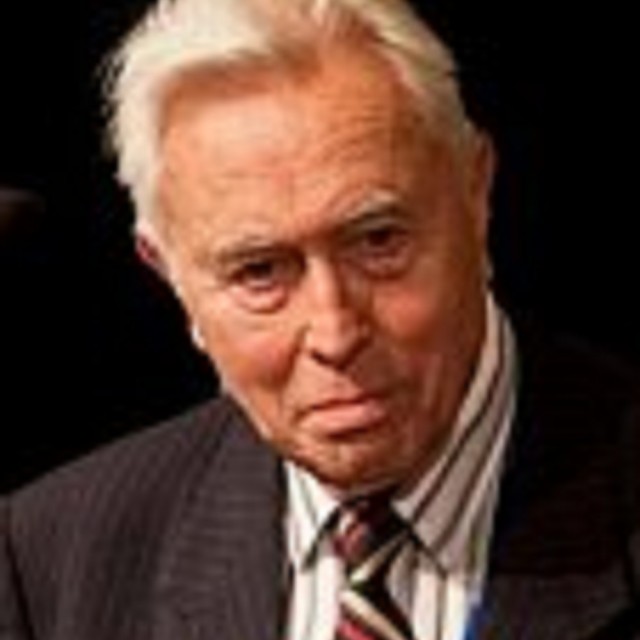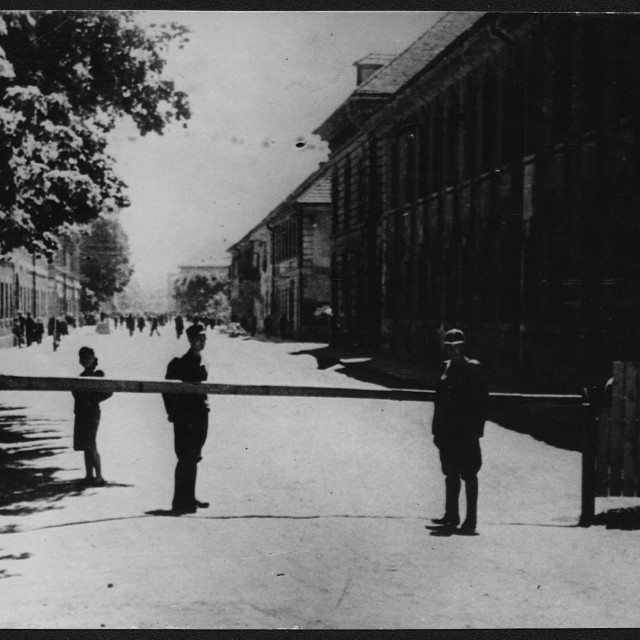Secret Hallway
On November 24, 1941, Felix Kolmer came to Terezín in the so-called Aufbaukommando. He was one of the first Jews imprisoned in Terezín. In that place he was repeatedly contacted by Doctor Bergmann. They talked a lot and he asked him about his opinions. Retrospectively Felix Kolner realized that he passed some kind entering exam and became a member of civil underground movement: “In that time I did not have any idea there are two of these movements. I did not even know our commander.” The supporters of the movement were divided into groups of three. Within the group they knew each other and because of the undercover one of them always knew somebody from another group. The alleged target of the whole movement was smuggling revolvers into the cap, but Felix Kolmer is not sure about it even today. “My task was to find a hallway leading out of Terezín. We knew there is a whole system of hallways under Terezín, built simultaneously with the fortress in 1780. The purpose of this complex was assuring an escape route from Terezín in case of encircling the building by the enemy armies. Approximately in a half of a year I really found the way leading out. We wanted to use the exit, but the SS men started to shoot.” Felix Kolmer used the way twice, but he always came back before the evening line-up and counting: “I was very young and did not think about what I might do at large, so I went to swim in the Elbe River.”
Hodnocení
Abyste mohli hodnotit musíte se přihlásit!
Trasy
Příběh není součastí žádné trasy.
Komentáře

Prof. Ing., DrSc. Felix Kolmer
Prof. Ing. Felix Kolmer, DrSc. was born May 3, 1922 in Prague into a family of an Italian legionnaire and tradesman with electrotechnics. Influenced by his father's profession, he was interested in electrical technology since his childhood, and his future career path was clear to him - he would become an electrical engineer. After the father's death in 1932 he would usually spent summer holidays and Christmas with his uncle in Austria, where he watched the occupation of the country by Nazis. He was an eager and active scout. After the rise of Nazism, as a result of anti-Jewish repression he became a carpenter's apprentice. On November 24, 1941, he went to Terezín as a member of the so-called Aufbaukommando, where he worked on the ghetto construction, and later he witnessed the horrors taking place in the Small Fortress and also became a member of the underground movement there. His mother died in Terezín in 1941. On October 16, 1944 he was transported to Auschwitz, where he also saw smiling Dr. Mengele sending people to gas chambers. By lucky coincidence he, however, managed to escape to the camp Friedland, where he survived till the end of the war. After that he was finally able to study and he eventually became a world-renowned expert on acoustics. He is one of the pioneers of this field in our country. He is active as a lecturer and he also authored and co-authored many works. He incessantly works on the process of recompensing the victims of Nazi terror. He has received several awards and decorations for this activity and for his academic achievements.









